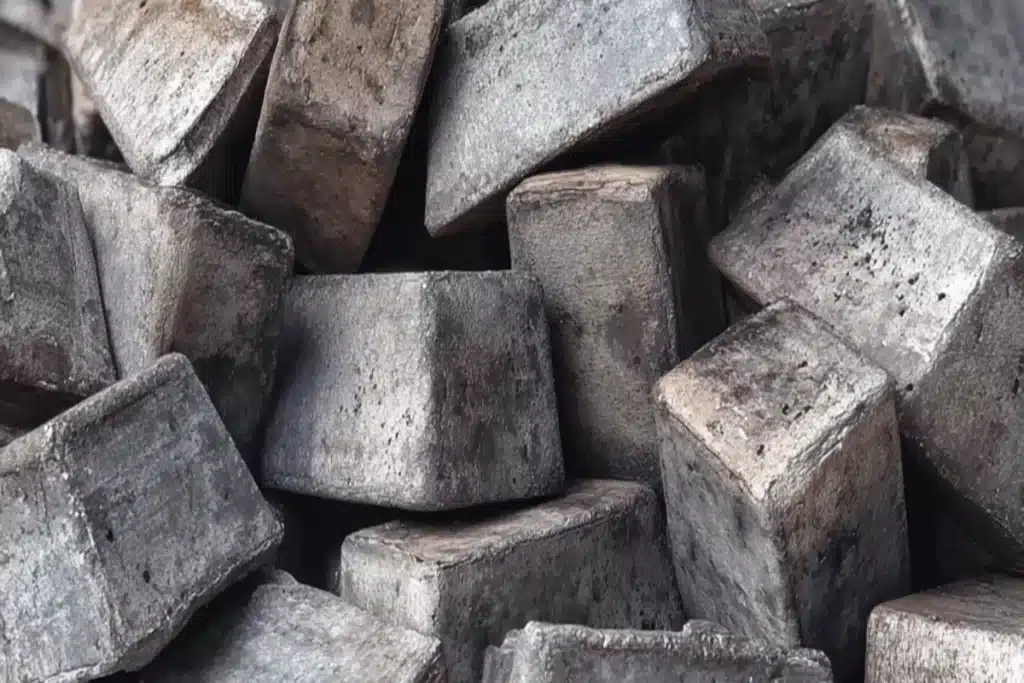Grey cast iron is a widely used type of cast iron, known for its distinct gray color, which is due to the presence of graphite flakes in its microstructure. This material is extensively used in engineering and manufacturing applications due to its excellent properties such as high wear resistance, good thermal conductivity, and exceptional damping capacity.
Grey cast iron primarily consists of iron, carbon (2.5% – 4%), and silicon (1% – 3%). The carbon content exists in the form of graphite flakes, which give the material its characteristic gray color when fractured. These flakes are distributed throughout the iron matrix and influence the mechanical properties of the material. The graphite structure contributes to the self-lubricating nature of grey cast iron, making it ideal for applications requiring wear resistance.
One of the most valuable properties of grey cast iron is its high wear resistance, making it ideal for applications where friction is involved. The graphite flakes act as a natural lubricant, reducing wear in components such as engine cylinders and brake discs. Additionally, grey cast iron exhibits excellent machinability, meaning it can be easily cut, drilled, and shaped without excessive tool wear. This makes it a preferred material for manufacturing engine blocks, pipes, and machine bases.
Another important characteristic of grey cast iron is its high thermal conductivity, allowing it to dissipate heat effectively. This is why it is widely used in engine components and cookware. Moreover, grey cast iron possesses good damping capacity, which means it can absorb vibrations efficiently. This makes it an ideal choice for machine frames and structures where vibration reduction is necessary.
Due to its favorable properties, grey cast iron is extensively used in various industries. In the automotive industry, it is used for manufacturing engine blocks, cylinder heads, and brake rotors. In construction, it is found in pipes, valves, and manhole covers due to its durability and corrosion resistance. Grey cast iron is also widely used in machine tool components, such as lathe beds and milling machine bases, because of its vibration-damping ability.

Grey cast iron remains a crucial material in engineering and manufacturing due to its affordability, ease of machining, and superior wear resistance. While it is brittle compared to ductile iron, its wide range of applications makes it an essential material in various industries.
In summary, ductile cast iron is an advanced form of cast iron that achieves superior mechanical properties through controlled modification of its microstructure. By converting the brittle graphite flakes of traditional cast iron into resilient, spheroidal nodules, ductile cast iron offers a cost-effective alternative with a strength-to-weight ratio comparable to that of steel—making it indispensable in modern engineering and industrial applications.
Grey cast iron : Grey Cast Iron (Gray iron castings) is so called because of the colour of the fracture face. It contains 1.5-4.3% carbon and 0.3-5% silicon plus manganese, sulfur and phosphorus. Grey cast iron has graphitic flakes which deflect a passing crack and initiate countless new cracks as the material breaks. Grey cast iron has less tensile strength and shock resistance than steel, but its compressive strength is comparable to low and medium carbon steel.
| Melting Point °C |
|---|
| 1175-1290 |
| Weight |
|---|
| 19 kg |

| C: 4.08 | Si: 1.82 | Mn: 0.419 | P: 0.03 | S: 0.08 |
| Cr: 0.089 | Mo: 0.05 | Ni: 0.08 | Al: 0.024 | Co: 0.033 |
| Cu: 0.135 | Nb: 0.139 | Ti: 0.017 | V: 0.037 | W: 0.317 |
| Pb: 0.004 | Sn: 0.108 | Mg>0.12 | As<0.003 | Zr: 0.028 |
| Ca: 0.007 | Ce>0.12 | B: 0.002 | Zn>0.05 | La>0.03 |
| Fe<91.184 | Size: 54×17×7cm | Weight: 20-25kg | ||